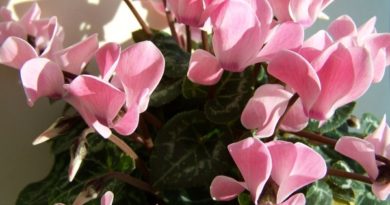House Plants Safe for Cats
Discover house plants safe for cats and keep your fur baby free from harm.
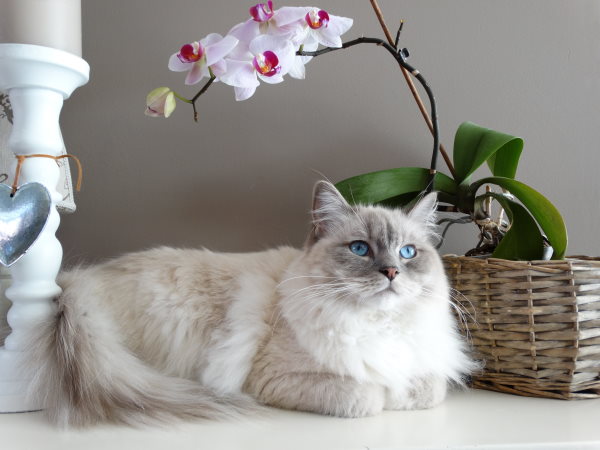 Leafy and furry can live together peacefully — if you know which house plants are non-toxic.
Leafy and furry can live together peacefully — if you know which house plants are non-toxic.House Plants Safe for Cats
Let’s face it, everything in your home looks like a toy to your cat. If your indoor plants have been chewed, pounced and pawed…you know what I mean.
Although house plants aren’t meant to be played with or eaten, there are some house plants safe for cats you can keep indoors without worry.
Here’s a list of common indoor plants that are feline-friendly.
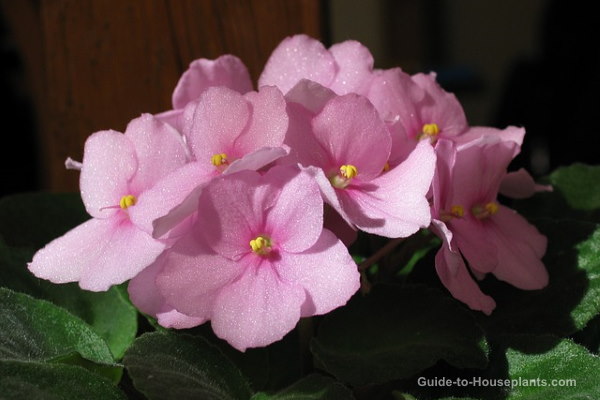
African Violets
Few other flowers bloom so dependably indoors as African violets. Whether you have one plant — or several displayed together — these ever-blooming Saintpaulia hybrids bring instant charm to any table. Fortunately, you won’t have to worry if your kitty admires them, too.
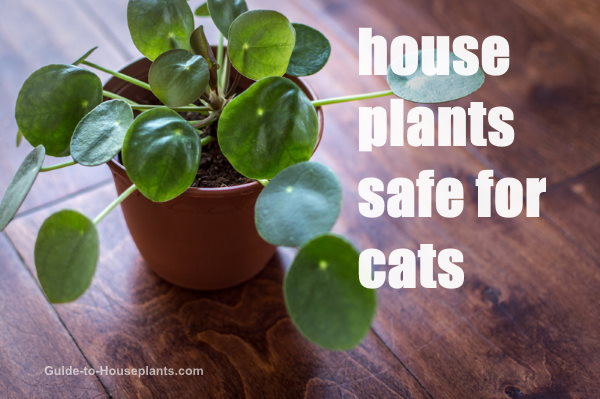
Chinese Money Plant
Everybody’s talking about Chinese Money Plant. If you don’t have one yet, you will. Great for beginners, this sassy houseplant is undemanding and easy to propagate, too. Pilea peperomioides adds energy to a room — just look at those round leaves springing out in every direction.
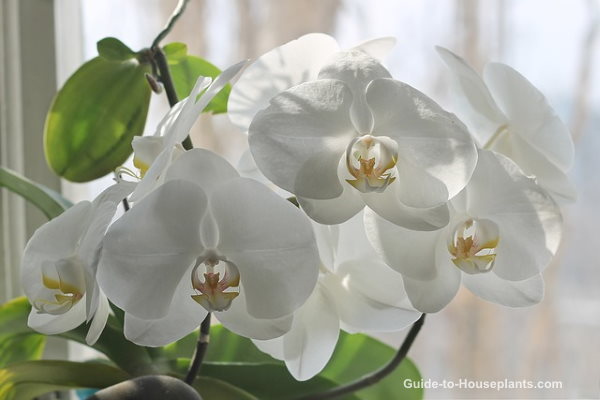
Phalaenopsis Orchids
There’s a wonderful sense of extravagance growing Phalaenopsis orchids in your home. Phals do best near a brightly lit window, but out of hot, direct sunlight. Treat them right, and you’ll enjoy a big show of beautiful blooms that last for months.
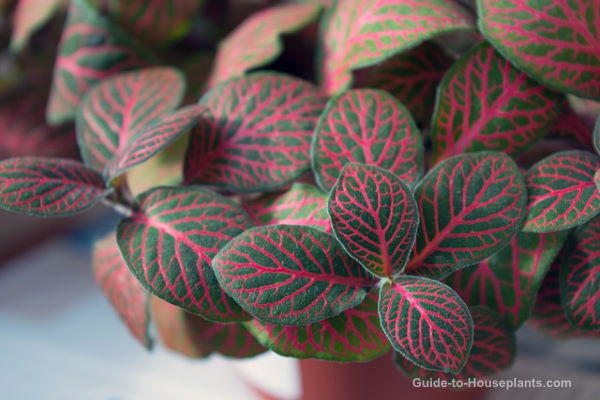
Nerve Plant
Red-veined Fittonia verschaffeltii is one of the few Peruvian rain forest natives non-toxic to cats. And it’s dazzling. Nerve Plant is as finicky as it looks, preferring high humidity, just-right light and frequent watering. But you don’t mind. You’re willing to pamper it just because you like how it looks.
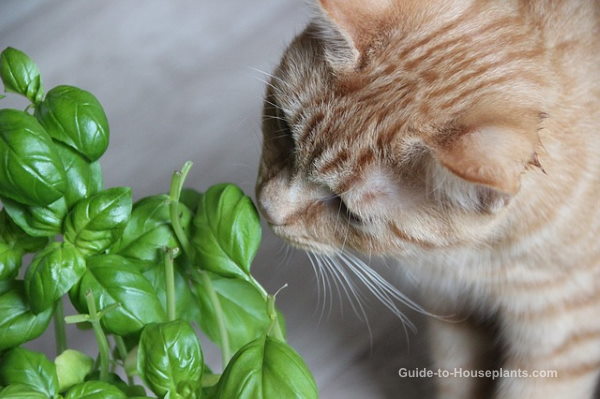
Basil
Scented plants seem to attract cats like…well, like cats to catnip. As a pet parent, you want to know which culinary herbs are safe to grow in your kitchen — even if you don’t want kitty nibbling on them. Some herbs are non-toxic for cats, but not all. Basil, rosemary and thyme are safe. Of course, there’s more. Check out the long list of safe and non-safe plants at the ASPCA.
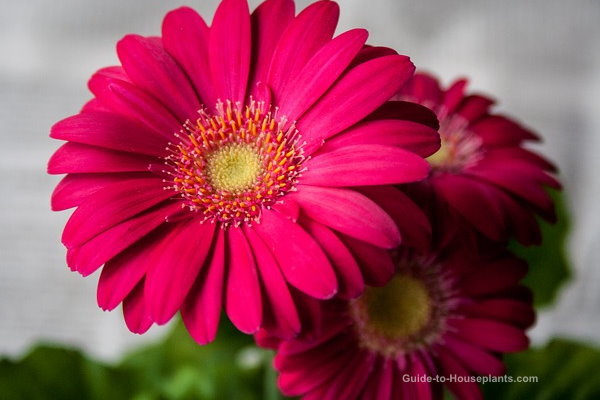
Gerbera Daisies
Give any room a fresh look in an instant with potted gerbera daisies. Put a pot near a sunny window to brighten your view. Better yet, group a few together for a big splash of color. Sunlight makes their vibrant colors glow like gems — and, of course, it also helps them to bloom.
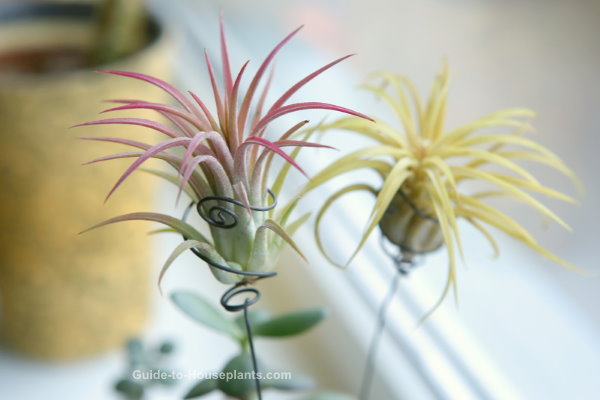
Tillandsia Air Plants
Okay, these tiny, spiky Tillandsias are just begging to be played with…game of soccer, anyone? Perhaps these rootless plants are better off displayed in a hanging terrarium or on a wall sconce — high off the floor, table and counter top. Wherever you display air plants, you can rest assured they’re house plants safe for cats.
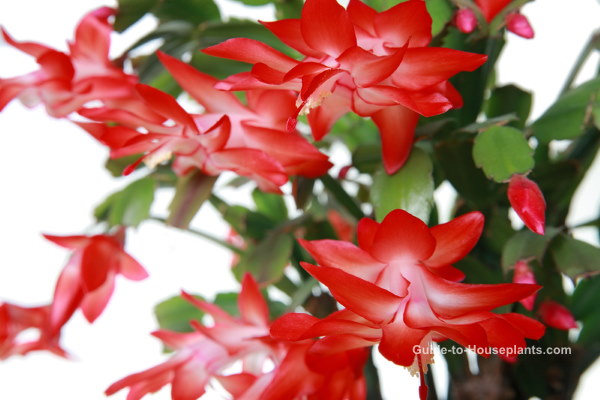
Christmas Cactus
Stage a showy display with a festive Christmas cactus. Every year, you can count on this South American succulent to put bursts of vibrant, cheery blooms into winter days. And unlike many popular holiday plants, this one is pet-friendly.
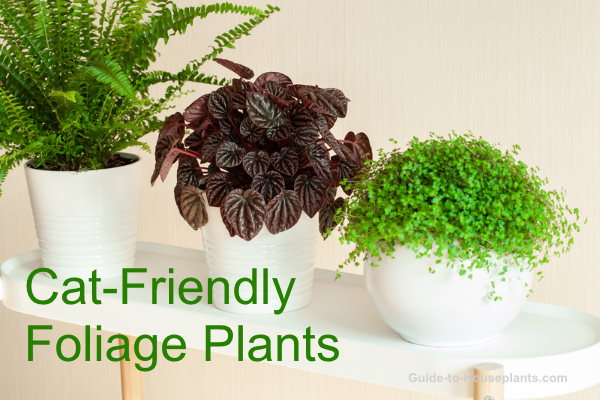
Boston Fern, Peperomia and Baby’s Tears
Group foliage plants together for big impact. Contrasting colors, forms and textures play well together. This awesome trio — Boston fern, peperomia and baby’s tears — are all house plants safe for cats, and a breath of fresh style in today’s modern homes.
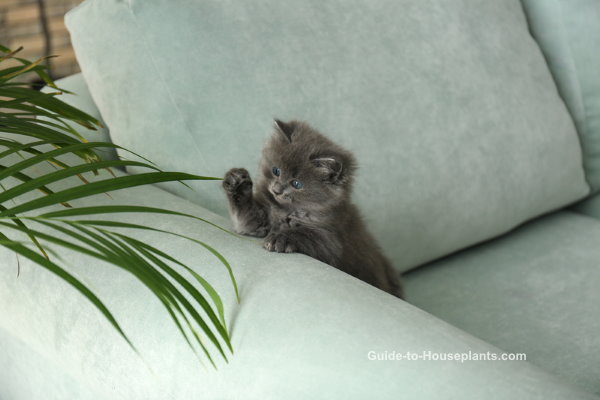
Palm House Plants
Many tropical palm trees grown indoors are non-toxic — areca palm, parlor palm, kentia palm, lady palm and fishtail palm are a few. You’ll find indoor palm trees here with pictures to identify your plant. Be aware that some plants commonly called palms aren’t true palms at all, and may be toxic. It’s a good idea to check the list of pet-friendly plants at the ASPCA.
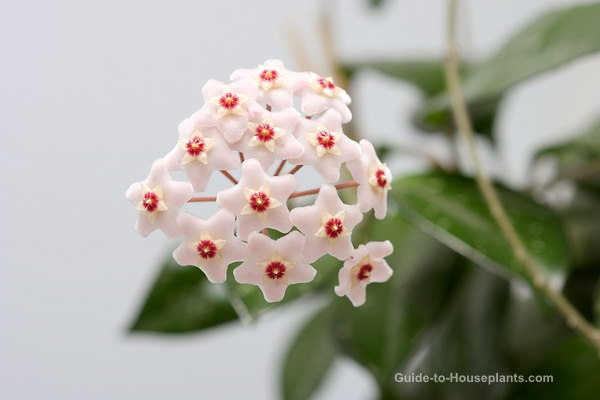
Hoya Carnosa
This trailing tropical vine doesn’t need a lot of help to grow and bloom. Give it plenty of sun and you’ll be rewarded with clusters of waxy, star-shaped flowers.
Put Hoya carnosa in a hanging planter to admire it at eye-level. Suspending your Hoya plant will keep it out of your cat’s reach, too. Those beautifully scented blooms may be too tempting.


